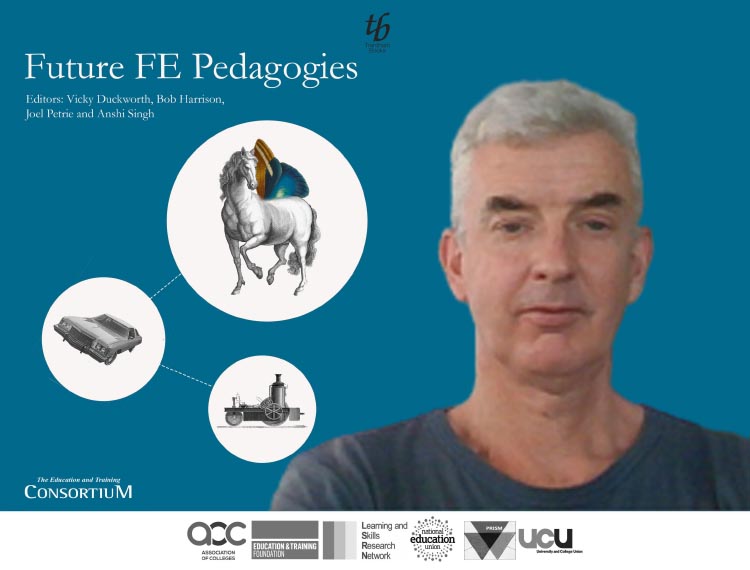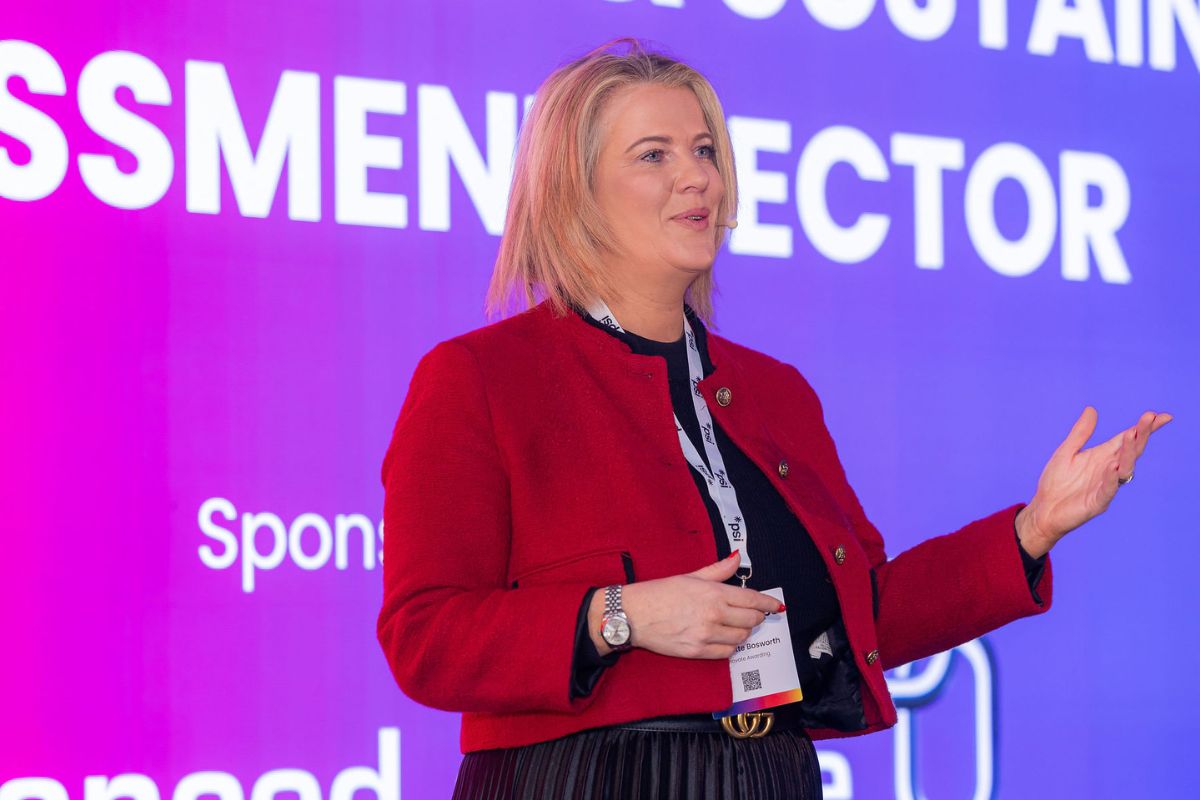The importance of communication when moving a class online

When moving a course online, it may be helpful to think look at the process from a number of viewpoints; one of these is channels of communication.
As in the classroom, the tutor needs to communicate with students and vice-versa, and students need to communicate with each other.
One approach to instructional design is considering how each of these is managed.
Whichever is the Virtual Learning Environment, a tutor communicating organisation or content, or adding input to ongoing activity, has similar options:
- announcements,
- moderation of discussion,
- mini video progress reviews,
- basic text-based content.
All have cultural and efficiency tradeoffs that make them more or less appropriate to different purposes.
Providing formal feedback on student work is a part of any course, but could that feedback take a different format to counter a communication imbalance elsewhere?
How will students communicate with each other?
Options once again include discussion forums, as well as problem-based learning or case study discussion in groups, or more formally organised peer review. Maybe a student or students can lead or partner in delivering live sessions or webinars.
It may be important to compensate for students’ diminished ability to compare their progress with the rest of the class; we can set up anonymous polling of questions in real-time sessions to allow them to compare their understanding with peers. If self-marking Tests are set up in the VLE, post-deadline feedback on the range of marks across the class as a whole might be beneficial.
Finally, how will students communicate or raise concerns with the tutor? Often the default is email, but bear in mind that the culture of email is to invite and expect a response. Where this is not appropriate or efficient, web-based feedback needs to be enabled and encouraged from the outset; it is harder to change direction mid-course.
The Universal Design for Learning Framework
Another useful and easily understood frame of reference for the process of moving materials online is the Universal Design for Learning (UDL) Framework developed in the 1990s. The aim of UDL is to acknowledge diverse learning styles, and it often comes up in discussion around accessibility and inclusivity.
The principles of the UDL are broadly threefold:
- Firstly, represent learning content in different ways: this might be as simple as an illustrative image to support a block of text.
- Secondly, allow students to demonstrate knowledge in different ways: a student with dyslexia might prefer to create a video rather than write an essay for example.
- Thirdly, offer different options to engage with learning content: apply it, test it more formally, explain it to others, and so on.
The top-level design of an online course will reflect its components, but organisation and clear instructions are always paramount; a situation where a student cannot find a resource or misunderstands an instruction is more perilous where informal face-to-face discussion is not possible.
To minimise that risk, being concise is crucial; less is often more, and tutors need to review content actively looking for potential confusion or ambiguity. A meaningful and consistent structure, and a logical breakdown of content into a clearly labelled hierarchy of manageable and delineated resources, also ensures students feel like they’re making progress, and are able to easily pick up where they left off.
Dave Cheseldine
Future FE Pedagogies – Vol 1 |
||
|
The Future FE Pedagogies journal was categorically not intended to be a ‘how to improve your e-learning skills’ guide – there are professional associations, websites and online materials fulfilling this function already. Rather, we aimed to provide for time poor colleagues a series of think pieces: nuanced analyses of the potentialities and challenges of TEL for our practice. |
||
| @AoCDavidH | ||
| @BobHarrisonEdu | ||
| @DrMattOLeary | ||
|
Free, easy and fit for purpose TEL: lessons learned the hard way by a non IT whizz |
Martin Compton |
@Mart_Compton |
|
Matt Gordon & Jan Calvert |
@mattgordonwfc @jancalvert |
|
| @eddieplayfair | ||
|
Ways of Engaging: some approaches to developing learning skills |
@duckett_ian | |
|
Howard Scott |
@HowardScott75 | |
|
Digital Practitioners creating “artfully-crafted, student-centred, learning experiences” |
Nigel Ecclesfield & Fred Garnett |
@Neecullompton |
|
Dave Cheseldine |
||
|
The Reality of FE TEL Post-Covid-19: Thoughts from the bike by an FE Teacher Educator |
Jamie Heywood |
|
|
An open letter to the Secretary of State for Education: preparing FES teachers and trainers to ‘teach well’ in a digital world |
David Powell |
|
|
Conclusion |
Vikki Liogier |
|











Responses